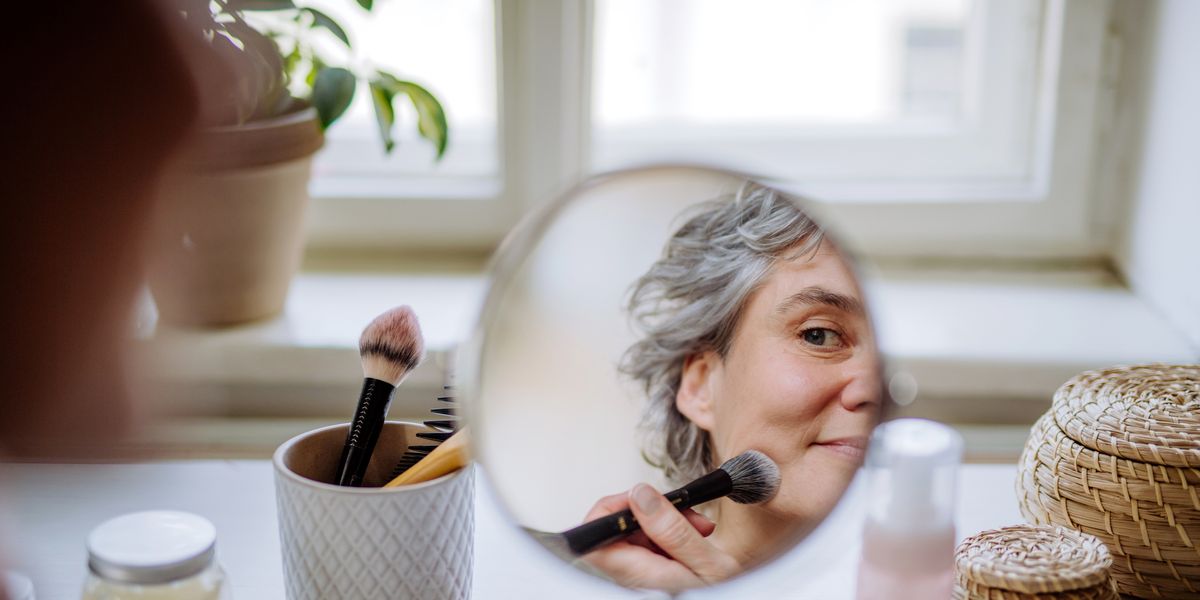

When exercising in gyms, women face barriers across various domains, including physical appearance and body image, gym attire, the physical gym environment, and interactions with others, according to a study published in PLOS One by Emma Cowley from the SHE Research Centre, TUS, Ireland, and Jekaterina Schneider from the University of the West of England, U.K.
Exercise significantly improves physical, mental, and psychosocial health. Recent research indicates that women who engage in regular exercise experience greater health benefits than men, including lower incidence of all-cause mortality and reduced risk of cardiovascular events. Despite an increase in gym memberships, women are less active than men and little is known about the barriers women face when navigating gym spaces.
To fill this knowledge gap, Cowley and Schneider explored women’s body image and experiences exercising in gyms. Two-hundred seventy-nine women (84% current gym-goers; 68.1% white) completed an online survey.
The results showed that women often feel judged for their appearance and performance, leading to a persistent sense of inadequacy, as well as having to fight for space in the gym and to be taken seriously, while navigating harassment and unsolicited comments from men. Despite this, women showed signs of resistance toward gendered and appearance ideals permeating gym environments, and some experienced empowerment through skill acquisition, breaking gender norms, and exercising in supportive environments.
One key finding was women’s perceptions of gym attire as both a barrier and facilitator to exercise. Aligning with previous literature, women often chose attire based on comfort and functionality. However, their choices were also influenced by comparisons with others or fear of judgment about wearing non-branded attire or looking too put together. Many women also chose gym attire to hide perceived problem areas or avoid appearance concerns, including visible sweat stains.
According to the authors, the findings should be considered in light of several limitations. For example, most participants were white, heterosexual, identified as “normal” weight and able-bodied, were current gym-goers, and lived in western, educated, industrialized, rich, and democratic countries.
This may limit the generalizability of these findings and further research should endeavor to diversify the sample population. Despite these caveats, the researchers propose a multi-level approach to support women in accessing and feeling comfortable in gym spaces, to increase physical activity and reduce exercise disengagement among this population.
The authors add, “In the gym, just like in other areas of life, women often feel stuck between being seen as ‘too much’ and ‘not enough,’ dealing with judgment about how they look, how they perform, and even how much space they take up. Even though the pressure to be super thin is decreasing, the growing focus on being muscular and athletic is creating new challenges. It is pushing unrealistic standards that can negatively affect women’s body image and overall well-being.”
More information:
“I sometimes feel like I can’t win!”: An exploratory mixed-methods study of women’s body image and experiences of exercising in gym settings, PLOS One (2025). DOI: 10.1371/journal.pone.0316756
Public Library of Science
Citation:
Women exercising in gyms often face barriers, including body image issues and harassment (2025, January 29)
retrieved 30 January 2025
from
This document is subject to copyright. Apart from any fair dealing for the purpose of private study or research, no
part may be reproduced without the written permission. The content is provided for information purposes only.
link






:max_bytes(150000):strip_icc():focal(2999x0:3001x2)/peo-expert-picked-spring-fashion-trends-tout--3e83e842a1a34660b490259601fd451a.jpg)
